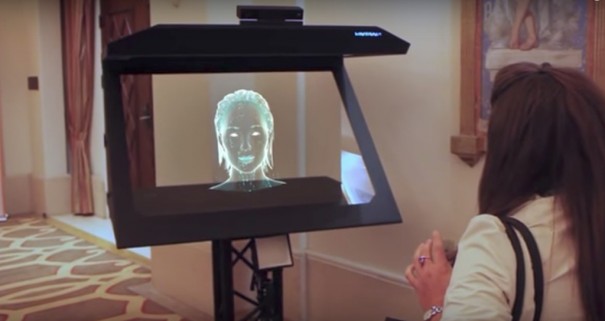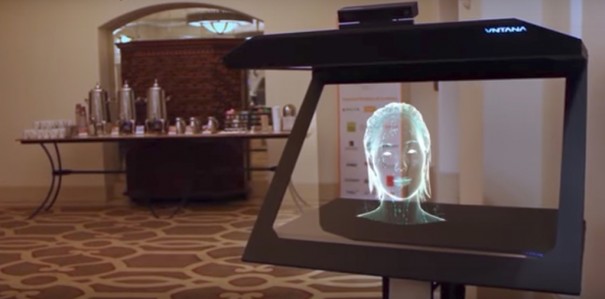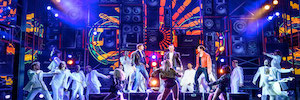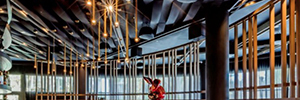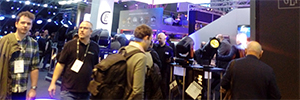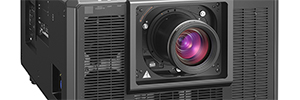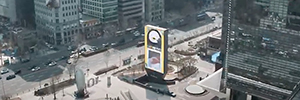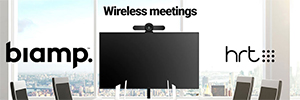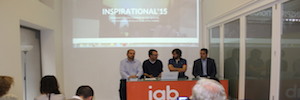Vntana y Satisfi Labs desarrollan un holograma de asistente virtual inteligente
This solution, que proyecta un personaje 3D interactivo, combina tecnologías de realidad aumentada e inteligencia artificial. Está pensada para su aplicación en tiendas, centros deportivos y hoteles, y es capaz de interactuar con los usuarios y responder a sus preguntas, al tiempo que proporciona información sobre la audiencia.
La combinación de pantallas holográficas y software de realidad aumentada desarrollado por Vntana y la tecnología de inteligencia artifical de Satisfi labs han sido los elementos claves para desarrollar un asistente virtual, basado en un holograma, que es capaz de interactuar con personas sin precisar auriculares o dispositivos móviles. Una solución pensada para su aplicación en tiendas y centros comerciales, centros deportivos y hoteles.
Esta solución es capaz de reaccionar y responder a las preguntas de los usuarios sin necesidad de wearables o una pantalla táctil mientras que recoge datos sobre él. El holograma de asistente virtual es impulsado por el hardware y el software patentado de Vntana, que proyecta un personaje 3D interactivo, y es capaz de interactuar con el usuario gracias a la tecnología de inteligencia artificial personalizada de Satisfi Labs.
“Nuestra tecnología de holograma ha ayudado a numerosas empresas a conectarse mejor y a comprometerse con sus consumidores. Al asociarnos con Satisfi, somos capaces de integrar la inteligencia artificial y la realidad aumentada por primera vez, por lo que nuestros hologramas pueden interactuar con los consumidores en un nivel más avanzado, mientras utilizan nuestra plataforma para realizar un seguimiento de los datos para crear experiencias y publicidad más personalizada”, explica Ashley Crowder, CEO y cofundadora de Vntana.
Para el entorno de retail, la tecnología permite responder automáticamente a los deseos y necesidades de los clientes en tiempo real, además de utilizar los datos que recoge para unir de manera transparente el comercio electrónico, aumentar las ventas y ofrecer anuncios personalizados. For example, puede darle la bienvenida, decirle el horario de apertura, destacar las ofertas, dirigirle a lo que está buscando y promover lugares de venta al por menor en el centro comercial.
En los eventos deportivos, el holograma, que puede ser un jugador real, puede dirigir a los aficionados a sus lugares favoritas o ayudarles a encontrar sus asientos. Para los clientes de la hospitality, los huéspedes pueden comprobar su habitación y obtener recomendaciones de restaurantes e incluso hacer una reserva.
El sistema utiliza el reconocimiento facial para rastrear los datos del consumidor y grabar la conversación para determinar las preferencias del producto.
You liked this article?
Subscribe to us RSS feed And you won't miss anything.
• Section: Study cases, Digital signage, Display, Augmented reality, Simulation



